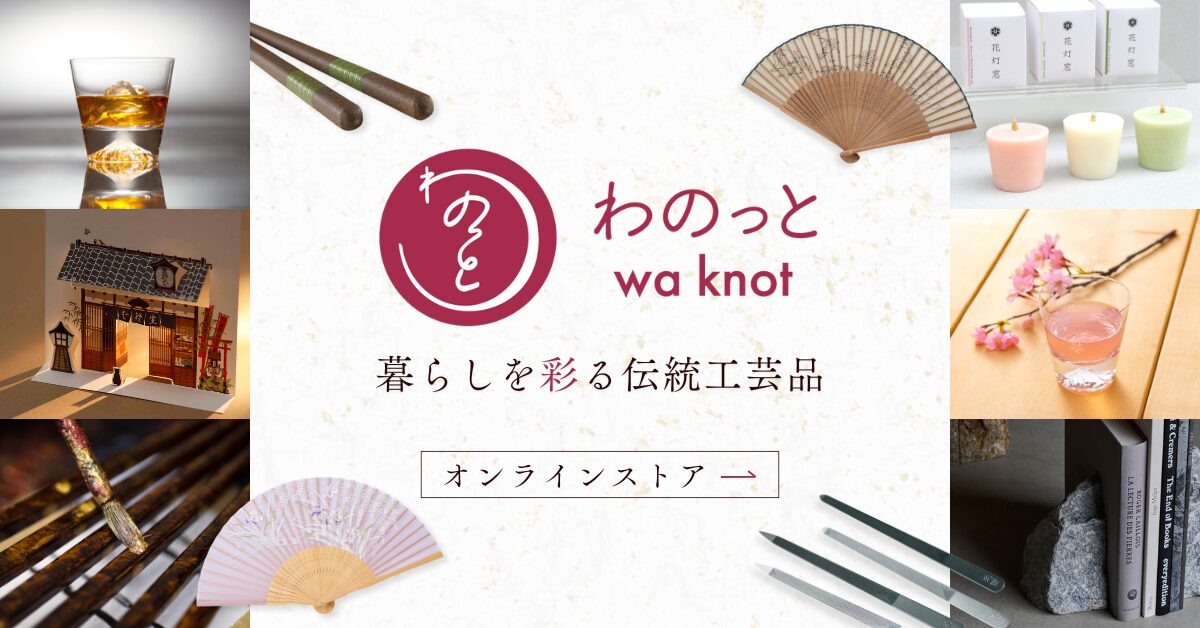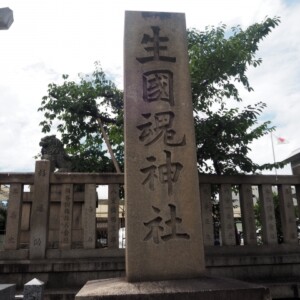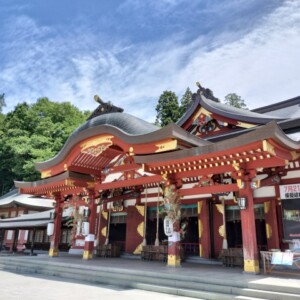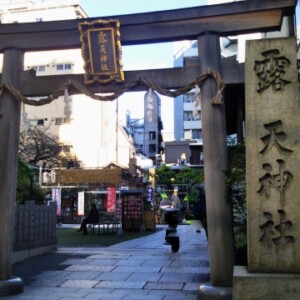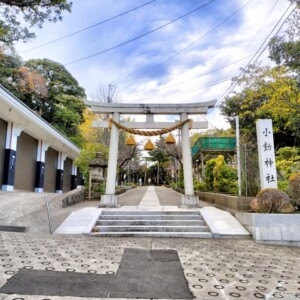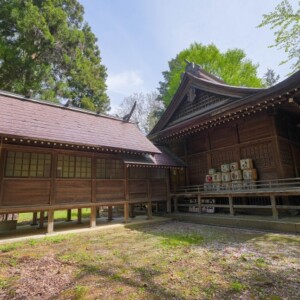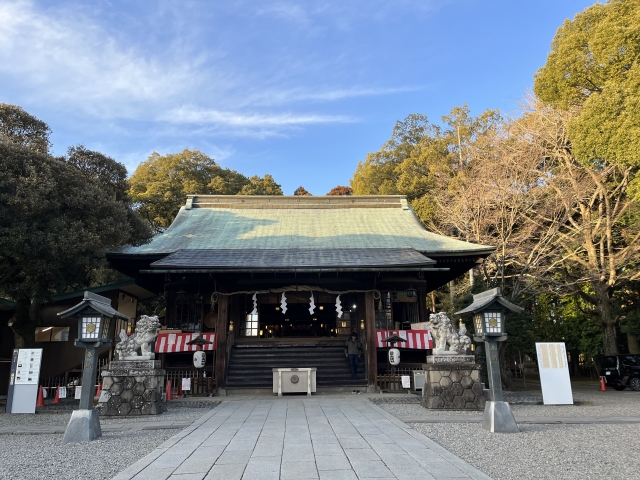
Utsunomiya Futaarasan Shrine|Complete guide to the history, highlights, and worship information of Shimono-no-kuni Ichinomiya Shrine
Utsunomiya Futarasan Shrine, located in the center of Utsunomiya City on a small hill 135 meters above sea level called Myojinzan, is a historic shrine with a history of approximately 1,600 years. The shrine has long been revered as the first shrine in Shimono-no-kuni and is still affectionately known as “Futara-san” by the citizens of Utsunomiya. Although located in the center of the city, the shrine grounds are surrounded by rich nature and continue to be loved by many people as a true urban oasis.
Utsunomiya Futaarasan Shrine Overview and Basic Information
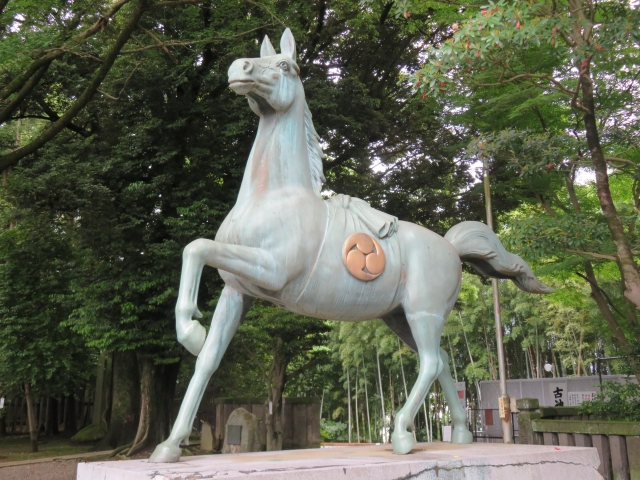
Utsunomiya Futaarayama Shrine is located in Utsunomiya City, Tochigi Prefecture, and is a Shikinai-sha (Meishin-taisha) Ronsha and is positioned as the first shrine in Shimono-kuni. It is currently designated as a separate shrine by the Jinja Honcho, a testament to its prestigious status. Although the official name of the shrine is Futaarasan Shrine, it is called “Utsunomiya Futaarasan Shrine” to distinguish it from Futaarasan Shrine in Nikko, which is named after its location.
History and Origin
Utsunomiya Futaarasan Shrine is said to have been founded in 353, making its history more than 1,600 years old. The origin of the shrine dates back to the reign of Toyoshi-irihiko-no-mikoto, a prince of the 10th Emperor Sojin, who ruled the eastern part of Japan, and was later enshrined by his grandson, Narabetsu-o, who was also the son of Toyoshi-irihiko-no-mikoto.
Interestingly, there is a theory that the name Utsunomiya was also derived from Ichinomiya (ichinomiya), which was subverted to Utsunomiya, as this was the first shrine in Shimono-kuni in the shrine’s rating. This shows how deeply involved the shrine has been in the development of the region.
During the Heian period (794-1185), the shrine became so important in the region that it was called the “Ichinomiya” of Shimono-no-kuni. It is said that great historical figures such as Minamoto no Yoriyoshi, Minamoto no Yoritomo, and Tokugawa Ieyasu prayed at the shrine for victory in battle. However, the shrine suffered from fires many times, and during the Boshin War, the old shogunate forces and the new government forces fought within its precincts, and the shrine buildings were destroyed by fire. The current shrine was rebuilt in 1877 after the Boshin War.
Deities and Benefits
The deity of Utsunomiya Futaarasan Shrine is Toyoshi-irihiko-no-mikoto, who is said to have subdued the eastern provinces of Japan. Toyoshi-irihiko-no-mikoto was the son of Emperor Sojin, and is revered as the ancestral deity of the pioneers of the eastern provinces. He is revered as the ancestral deity of the local area and the deity of all the local clans, and his divine virtues are said to invite good fortune and bring unlimited blessings and favors to people’s lives.
It is believed to bring good fortune, prosperity in business, safety in the home, and protection from bad luck, and is closely associated with the daily lives of local people. In addition to the main shrine, there are 12 other branch shrines enshrined within the temple grounds, which are visited by worshippers seeking various benefits, such as safe delivery.
Utsunomiya Futaarasan Shrine Highlights and Characteristics
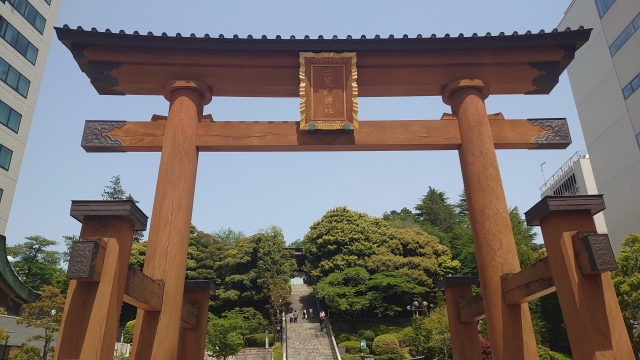
The most distinctive feature of Utsunomiya Futaarayama Shrine is its overwhelming presence. The imposing Otorii gate facing the main street and the approach with approximately 100 stone steps create a dignified atmosphere.
Architectural and Structural Attractions
The main shrine and worship hall are designated as Tangible Cultural Properties of Tochigi Prefecture, and their atmospheric atmosphere is also a highlight. The shrine pavilions were rebuilt in the Meiji era (1868-1912), and are valuable structures that convey the beauty of traditional shrine architecture to the present day.
The structure of the shrine is also unique, taking advantage of its location at the top of Myojinzan (Mt. Myojin) even though it is in the center of the city. After climbing the stone steps, visitors can enjoy a panoramic view of the city of Utsunomiya from the shrine grounds, making it a special place that connects the sacred space and the everyday world.
The temple grounds are also home to shrines with various beneficial properties, such as Hatsutatsu Inari Shrine, Sugawara Shrine, and Suijinsha Shrine. Each of these auxiliary shrines has its own unique characteristics, making the temple a place that responds to the diverse wishes of worshippers.
Nature and Scenic Beauty
The beautiful greenery of the shrine grounds is an “urban oasis” that soothes the hearts of Utsunomiya citizens and tourists alike. The shrine is surrounded by ginkgo, cherry, and maple trees, and is surrounded by a rich natural environment that one would not expect to find in the center of the city.
The seasonal changes in scenery, from cherry blossoms in spring to autumn leaves in fall, are another attraction of the temple. Especially during the cherry blossom season, the area attracts many cherry blossom viewers and functions as a sacred space as well as a place of relaxation for the citizens.
Cultural Properties and Important Collections
The shrine’s treasures include a 38-ken star helmet and iron komainu (guardian dogs), both of which are nationally designated important art objects. These valuable cultural assets are important documents that illustrate the shrine’s long history and cultural value.
Another modern feature of the shrine is the “gyoza omikuji,” a lottery named after gyoza, a local delicacy representative of Utsunomiya, which is very popular among visitors to the shrine. This is a unique initiative that takes advantage of the regional characteristics of Utsunomiya and is attracting much attention.
Guide to Worship and Visiting the Shrine
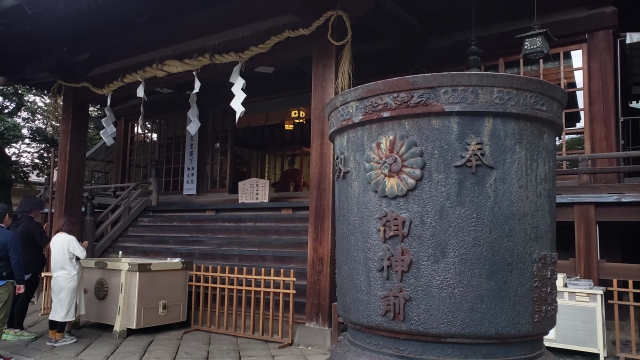
Utsunomiya Futaarasan Shrine is an open shrine, and there are no special restrictions on entry to the grounds. However, it is important to visit the shrine with respect as a sacred place.
Worship Etiquette and Manners
The manner of worship at Utsunomiya Futaarasan Shrine is the same as at most shrines. First, bow when passing through the Otorii gate and avoid the center of the path. After purifying your body and mind at the water closet, you should bow in front of the hall of worship in the manner of “Nirei Ni-ni-hate-ichirei” (two beats and one bow).
It is especially important to note that there are approximately 100 stone steps, so it is important to watch your step and visit the shrine safely. Also, since the temple grounds are a place of recreation and relaxation for local citizens, please keep quiet and be considerate of other worshippers.
Photography is generally allowed inside the shrine, but it is good manners to refrain from taking pictures inside the building or during prayers, etc. When posting on social networking sites, it is important to keep in mind that the shrine is a sacred place and to be moderate in your content.
Annual and Seasonal Events
Hanakai Matsuri in April, the purification ceremony in June, the Suga Shrine Tenno Matsuri in July, and the Kikusui Matsuri in October are lively events throughout the year. These festivals are important events that carry on the traditional culture of the community and are attended by many citizens and tourists.
Among them, the Suga Shrine Tenno Matsuri in July is a traditional event that has continued for many years as an annual festival of the Suga Shrine located in the precincts of the shrine. In addition, the shrine is especially crowded with worshippers during the New Year’s Hatsumode period and the Shichi-Go-San season, indicating that the shrine is deeply rooted in the lives of Utsunomiya citizens.
In recent years, the shrine has been making new efforts to blend tradition and modern culture, such as music events by musicians in the Kaguraden and sports events in the plaza where the torii gate is located, in an effort to make the shrine popular among people of all ages.
Red Seal and Good Luck Charm Information
Utsunomiya Futaarayama Shrine offers red seals. In addition to regular red seals, special seasonal red seals may be awarded during the hours of the shrine office. During the summer season, “Natsu-mode” red seals are also available, and visitors can receive special red seals for each of the four seasons.
Various types of good luck charms for traffic safety, academic achievement, health, etc. are available. One of the unique features of Utsunomiya is the “Gyoza Omikuji,” a unique type of fortune made by picking up a fortune with chopsticks for 300 yen each, which has become very popular.
Each of the shrines on the temple grounds has its own unique charms and blessings, so visitors can visit the shrine and receive an amulet according to their own wishes. We recommend that you check with the shrine office at the time of your visit for detailed information on the items to be awarded and the fees involved.
Access/Use Information
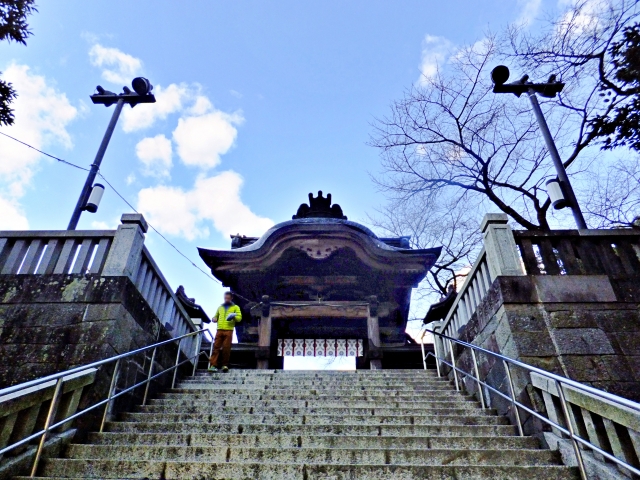
Utsunomiya Futaarasan Shrine is located in the center of Utsunomiya City, making it easily accessible by both public transportation and automobile.
Traffic Access
By public transportation, the nearest stations are JR Utsunomiya Station and Tobu Utsunomiya Station. 5 minutes by bus from JR Utsunomiya Station, take a city bus from the West Exit Bus Terminal of JR Utsunomiya Station, and get off at Babamachi (in front of Futaarayama Shrine). From Tobu-Utsunomiya Station, it is a 10-minute walk, and can also be accessed on foot.
If accessing by car, it takes about 20 minutes from the Utsunomiya IC or 20 minutes by car from the Kanuma IC on the Tohoku Expressway. The location is easily accessible from the expressway, making it convenient for worshippers from outside the prefecture.
Its location in the center of the city makes it an ideal base for sightseeing in Utsunomiya, allowing visitors to visit other sightseeing spots as well.
<Address> 1-1-1 Babadori, Utsunomiya-shi, Tochigi 320-0026
Hours of admission, fees, and parking information
The temple is open from 6:00 to 18:00 (shrine office from 9:00 to 16:00) and is closed every day. Admission to the temple grounds is free, and no special admission fee is required. However, there is a separate fee for gifts such as red seals and amulets.
Parking is available for 300 cars in the toll parking lot, and costs 300 yen for 60 minutes. For those who receive prayers, 2 hours are free of charge. The parking lot is located on the west side of the shrine, near the entrance to the approach to the shrine. Those wishing to visit the shrine from the front approach to the shrine must park and then move on, and it is approximately a 6-minute walk from the parking lot to the front approach.
There are no restrictions on visiting hours, but for safety reasons, it is recommended to visit the shrine during nighttime hours when it is light. Also, during festivals and special events, the parking lot may become crowded, so we recommend that you consider using public transportation.
Reference sites
Utsunomiya Futaarasan Shrine website: http://futaarayamajinja.jp/


